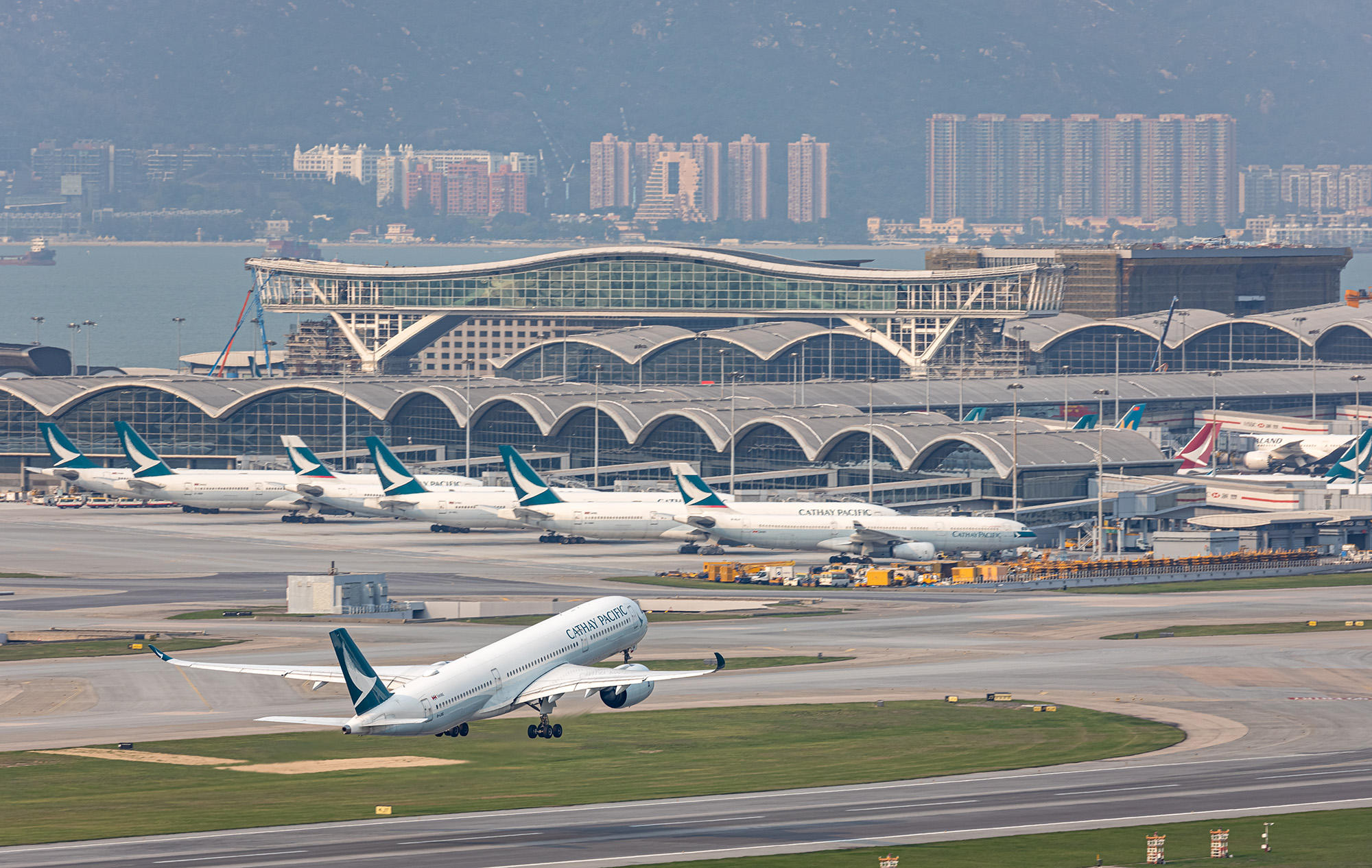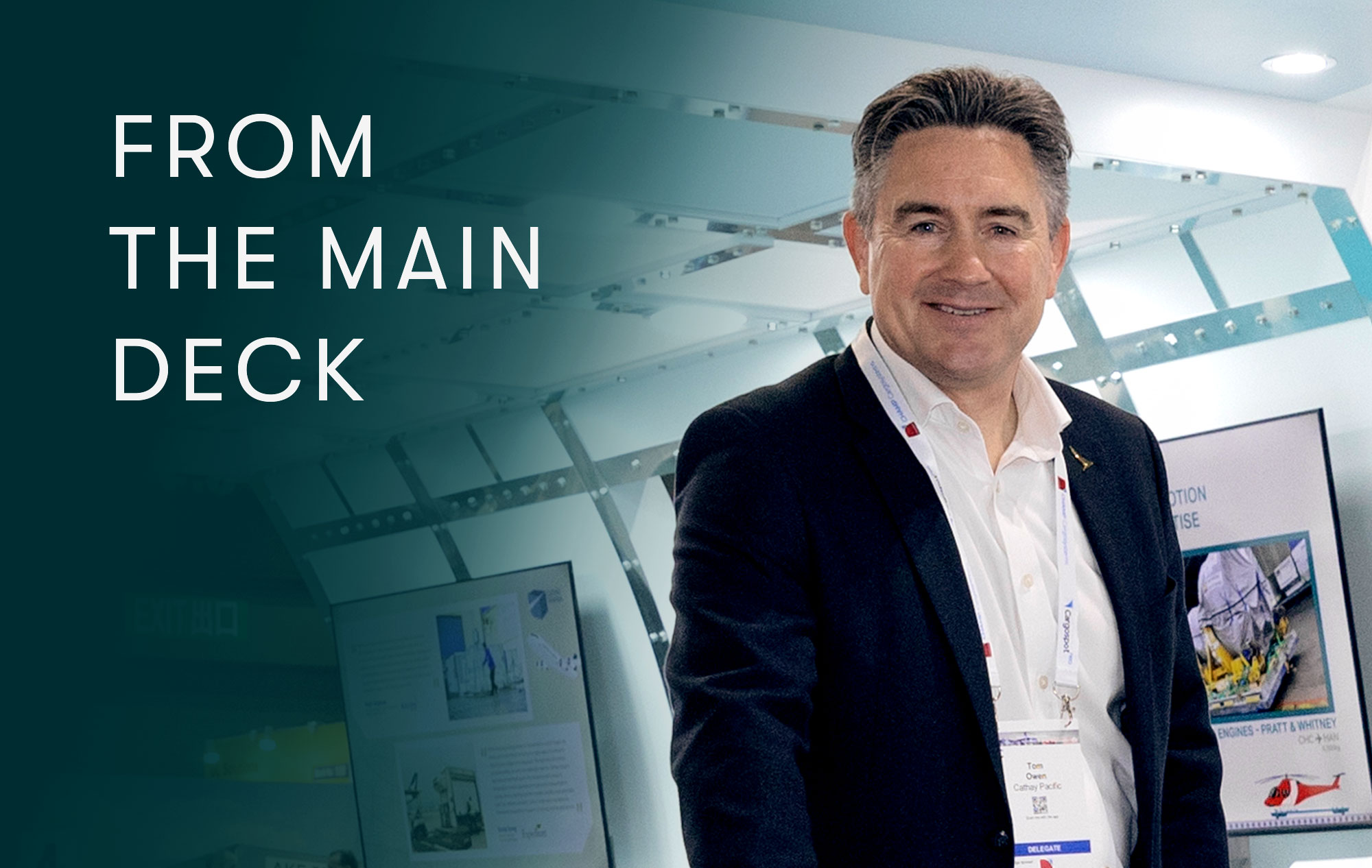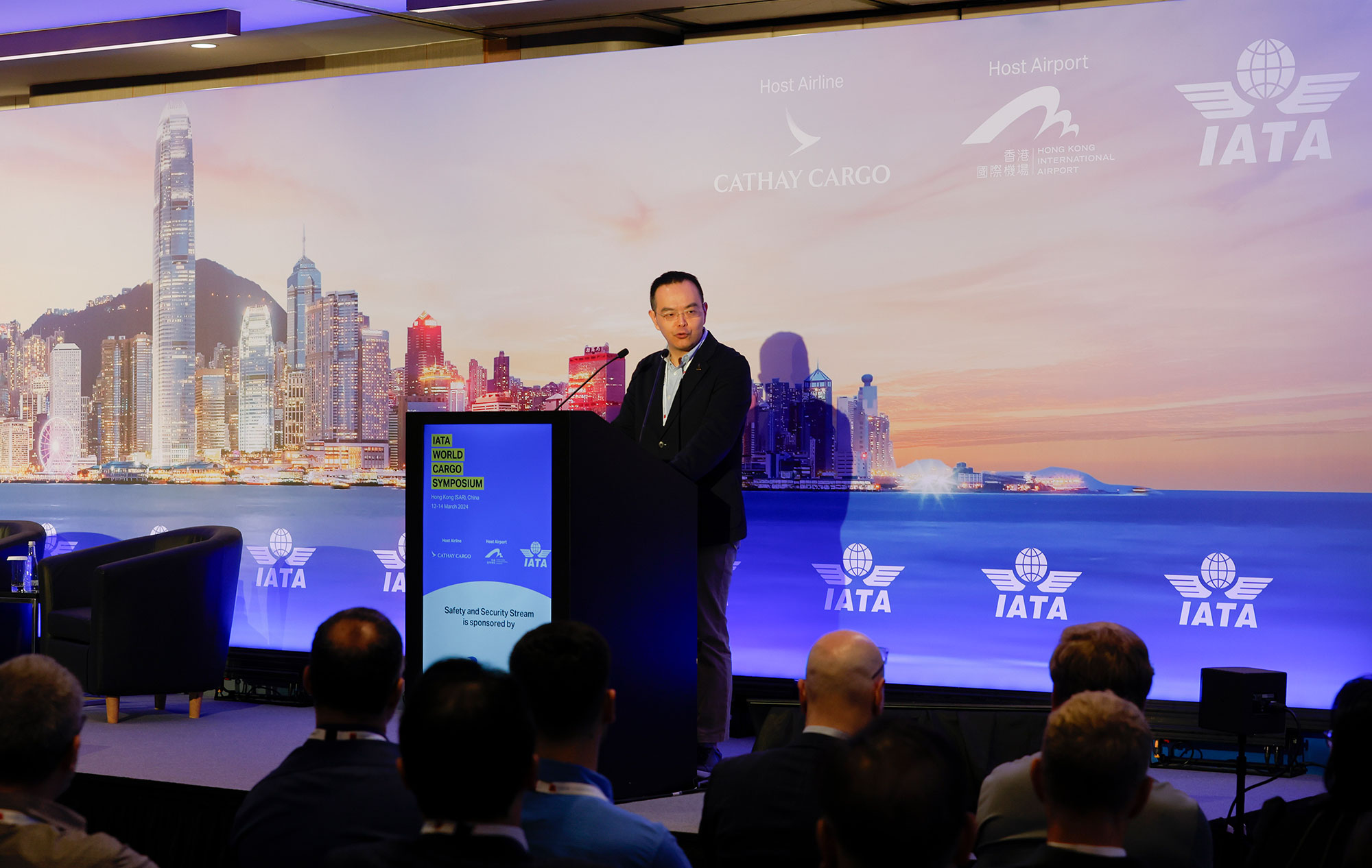
With GDP available, why is CEIV still a necessity?
The main difference between GDP (Global Distribution Practices) and CEIV Pharma is that CEIV Pharma is specifically designed to meet the needs of aviation pharmaceutical supply chain stakeholders. GDPs tend to be more focused on the storage of pharma and not necessarily transportation. They can also be very region-centric.
CEIV Pharma covers all relevant GDP standards and places special focus in areas such as ground/tarmac transportation and aircraft loading/unloading, which are not covered by existing GDPs. By placing focus on the unique handling and storage circumstances that apply to air cargo, CEIV Pharma aims to align stakeholders in the aviation pharma supply chain in a globally consistent manner.
In many countries, transportation companies cannot even get GDP-certified. According to the EU Commission: “Transport companies do not need to hold a wholesale distribution authorisation to transport medicinal products. However, they should follow the parts of the GDP guideline relevant to their activities, amongst others Chapter 9.”
Therefore Transport companies need to follow GDP but will not receive a GDP certificate. GDP should be assessed by the customers who ship medicinal products with certain transport companies.
How does CEIV assure that airfreight can be competitive against sea and rail?
Our extensive training component reflects the latest industry best practices, as well as the lessons learned from other program participants. Our comprehensive 290+ point checklist covers everything from Quality Management System (QMS) documentation to on-ramp handling activities supporting certification and reflects the latest technologies and industry/regulatory requirements. As such, entities that undergo the CEIV Pharma certification process invest a lot of time and resources to upgrade their procedures, processes, risk assessment methodology and infrastructure, which leaves them in a very competitive position among their peers.
What are the other reasons for IATA to initiate the CEIV program?
The CEIV Pharma program was initiated from a direct request from our industry. Maintaining the quality and integrity of medicine is vital to the continual wellbeing of patients. As such, collaboration across the entire pharma supply chain is extremely important. It is always important to keep in mind that at the end of the supply chain, there is a recipient awaiting what could be life-saving medicine for themselves or a loved one.
What is the scope of CEIV certification?
CEIV Pharma covers 11 distinct areas. They include personnel, training, documentation, infrastructure and equipment, supplier management, operations and transportation to name a few.
Why is there such a focus on this being an airport community certification?
We are seeing a rapid growth in the establishment of CEIV Pharma communities but community participation is not mandatory. Interested entities can also get individual stations certified or even take a network approach to certification.
One has to keep in mind that a community approach is a supply chain approach where all members of a pharmaceutical handling supply chain at the airport get CEIV Pharma-certified concurrently. As such it is in the best interest of the local airport community to participate together since they know that their supply chain partners upstream or downstream will have the same stringent and globally recognised pharmaceutical standards.
The added bonus is that by undergoing the certification process in parallel, they benefit by sharing information and exchanging best practices among each other during the training portions of the certification process. In fact, one development we’ve seen is that personnel of the participating entities established their own monthly meetings post-certification based on the professional relationships established during the CEIV community approach process.
CEIV Pharma is usually only the beginning. Once the industry at the airport is aligned around one single standard they can embark on other joint pharma activities (e.g. cool dolly sharing program) from which the airport and its stakeholders can benefit.
What is the buy-in from the pharmaceutical industry on CEIV and does it mean that it can replace pharma company audits?
Manufacturers see standardisation, certification and transparency across the supply chain as a necessary step forward for the industry. We have had great response from the pharmaceutical industry. In fact we have several letters of endorsement from companies such as MSD, Baxter and Janssen. These letters can be found at
http://www.iata.org/services/consulting/Documents/cons_apcs_gh_ceiv_phama_endorsement_letters.pdf.
What are the weakest links in the pharma cold chain and how does CEIV help address them?
According to some reports, annual product losses associated with temperature excursions in the healthcare industry alone can reach US$35bn. Typically, it is the use of differing standards between supply chain partners that compromises product integrity that lead to these temperature excursions. As such, the lack of standardisation across the pharma supply chain can be seen as one of the weakest links in the pharma cold chain.
Many temperature excursions take place during the handover from one stakeholder to another due to misalignment. It important to keep in mind that it is not just about the physical loss of potential lifesaving products but also about the associated costs – which include the loss of trust in pharmaceutical handling supply chain itself.
CEIV Pharma aims to recognise compliance to internationally agreed standards through a process of independent validation. This allow for the provision of quality services in a harmonised and globally consistent manner. IATA’s CEIV Pharma Program, which is constantly evolving, provides the industry recognition to organisations fully committed to ensuring the integrity of their pharmaceutical shipments. It elevates staff levels of competency and improves overall pharmaceutical handling and compliance for the industry. After all, patient safety is a shared responsibility of all stakeholders across the entire air cargo supply chain.








